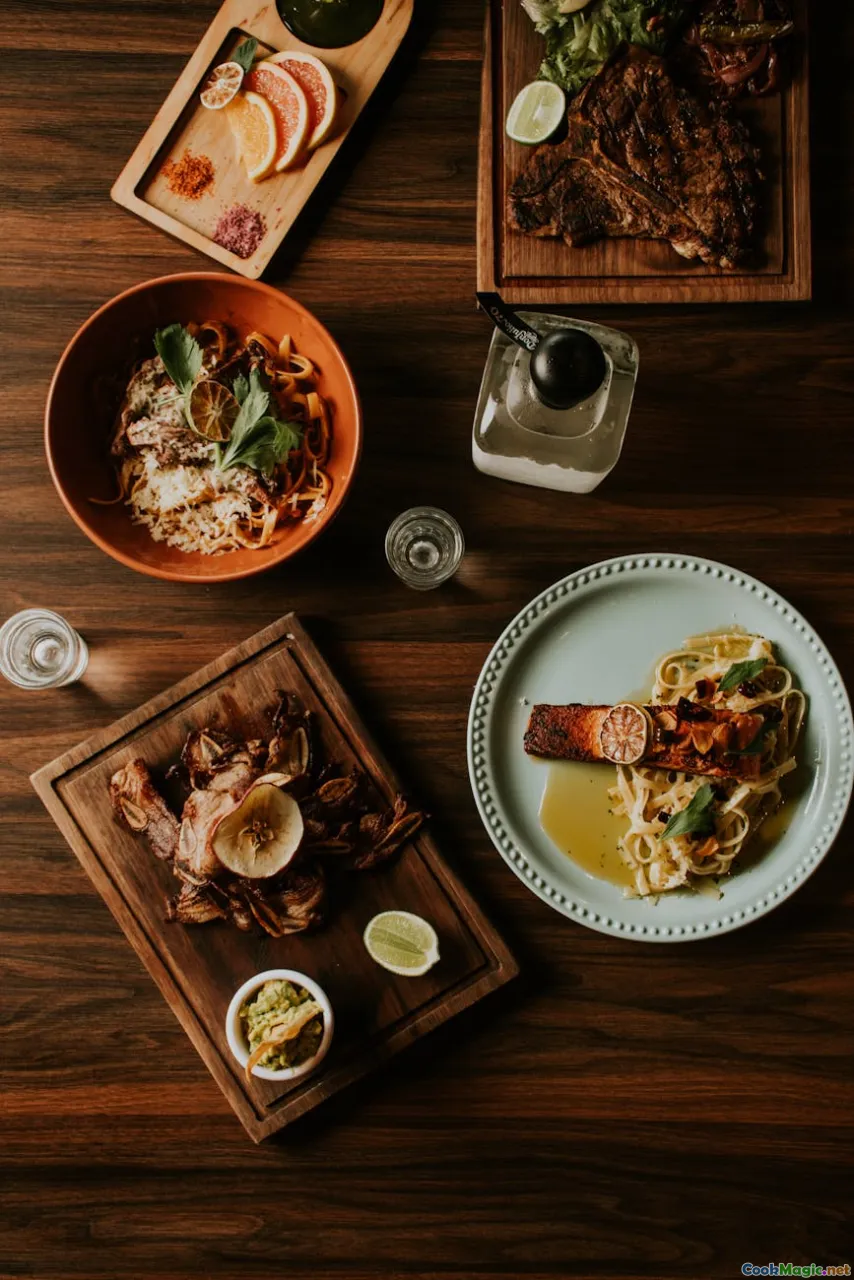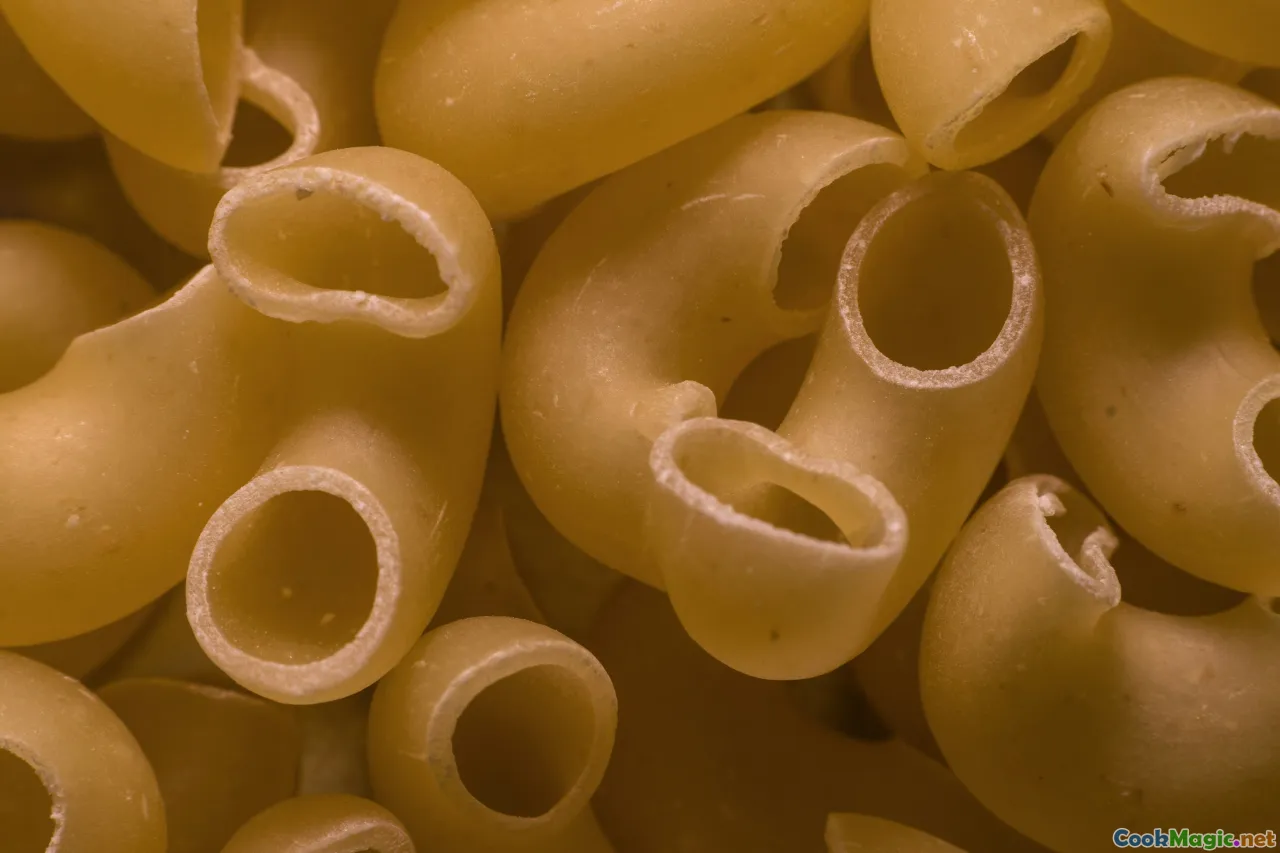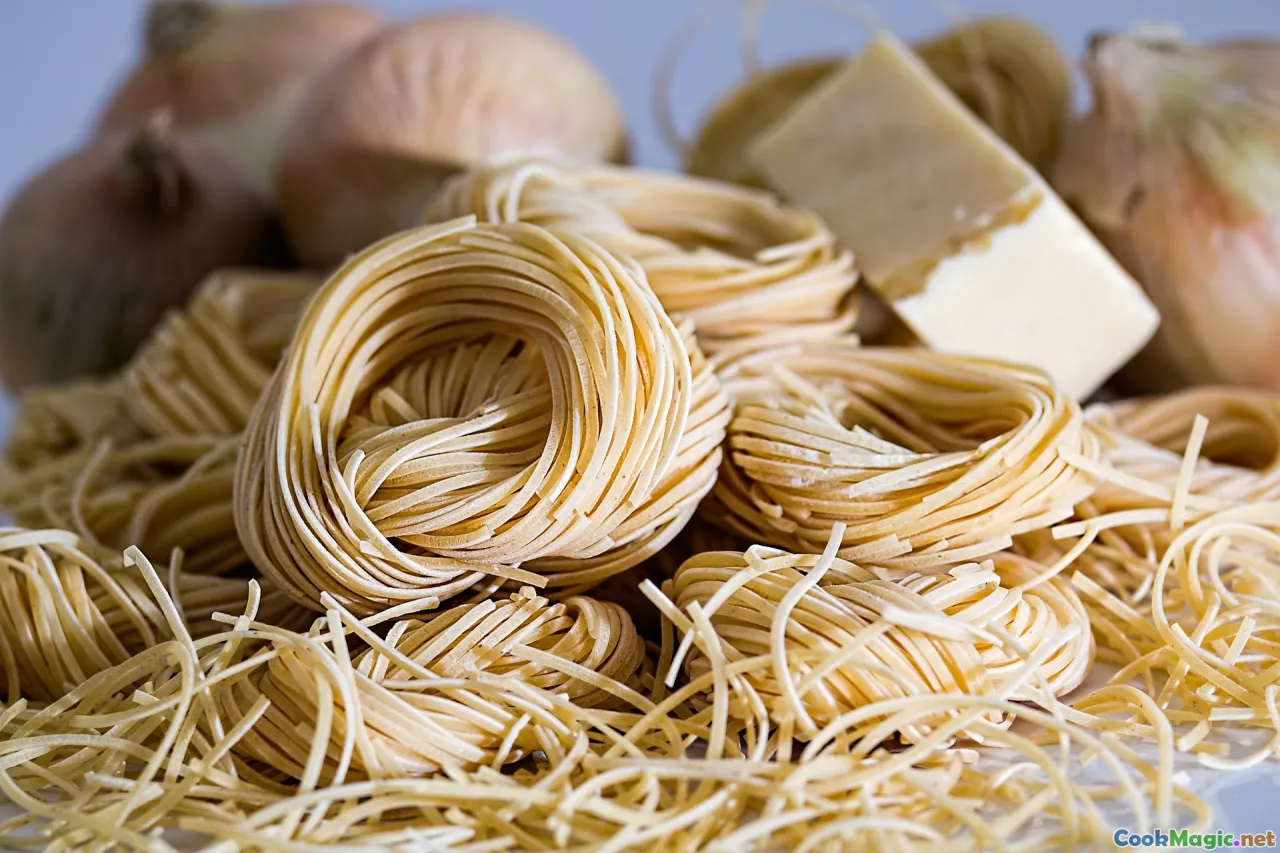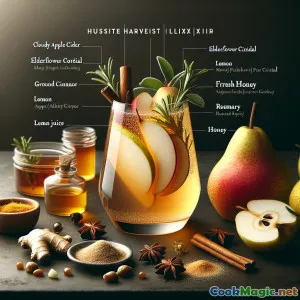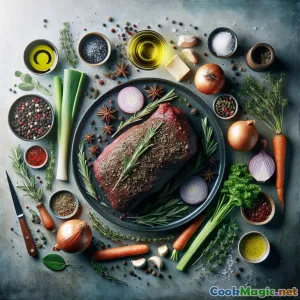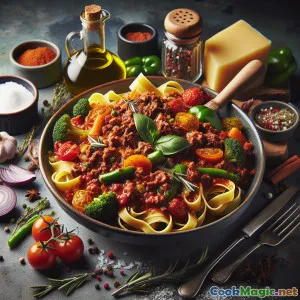
Klasik İngiliz tarzı Bolognese ve Bir Dokunuş
(Classic English-style Bolognese with a Twist)
(0 Yorumlar)0
1,081
Temmuz 17, 2025
Bir Sorun Bildir
Malzemeler
-
2 tbsp Zeytinyağı
(Daha zengin bir tat için sızma zeytinyağı tercih edilir.)
-
1 tbsp Tuzsuz tereyağı
(Sebzeleri karamelize etmek için)
-
60 grams Britanya kuru tuzlu pastırma
(İnce doğranmış, füme bir nota katar.)
-
1 medium Soğan
(Küp küp doğranmış)
-
1 medium Havuç
(İnce doğranmış)
-
1 large Kereviz sapı
(İnce doğranmış)
-
2 large Sarımsak dişi
(Ezilmiş)
-
400 grams Britanya dana kıyma
(En iyi tat ve doku için %20 yağ)
-
100 grams Domuz kıyması
(Lezzete derinlik katıyor)
-
2 tbsp Domates püresi
(Tatlılık ve renk katar)
-
2 tsp Worcestershire sosu
(Umami için İngilizce bir dokunuş)
-
150 ml Tam süt
(Asidiyi yumuşatır)
-
125 ml Kırmızı şarap
(En iyi lezzet için dolgun gövdeli; dana suyu ile değiştirilebilir.)
-
1 400g can Doğranmış Konserve Domates
(Daha zengin bir sos için biraz sıvıyı süzün.)
-
200 ml Sığır suyu
(Kısık ateşte pişirmek için)
Muskat, a pinch
-
1 whole Defne yaprağı
(Kuru veya taze)
-
1 tsp Kuru karışık otlar
(Birleşik Krallık karışımı en iyi sonuç verir.)
-
1 tsp Deniz tuzu
(Damak tadına göre)
-
0.5 tsp Karabiber
(Yeni kırılmış)
-
350 grams Pişmiş tagliatelle veya pappardelle
(Taze veya kurutulmuş olsun, yumurtalı makarnayı tercih edin.)
-
40 grams Parmesan peyniri
(Servis için taze ince dilimlenmiş veya ince rende edilmiş)
(Daha zengin bir tat için sızma zeytinyağı tercih edilir.)
(Sebzeleri karamelize etmek için)
(İnce doğranmış, füme bir nota katar.)
(Küp küp doğranmış)
(İnce doğranmış)
(İnce doğranmış)
(Ezilmiş)
(En iyi tat ve doku için %20 yağ)
(Lezzete derinlik katıyor)
(Tatlılık ve renk katar)
(Umami için İngilizce bir dokunuş)
(Asidiyi yumuşatır)
(En iyi lezzet için dolgun gövdeli; dana suyu ile değiştirilebilir.)
(Daha zengin bir sos için biraz sıvıyı süzün.)
(Kısık ateşte pişirmek için)
(Kuru veya taze)
(Birleşik Krallık karışımı en iyi sonuç verir.)
(Damak tadına göre)
(Yeni kırılmış)
(Taze veya kurutulmuş olsun, yumurtalı makarnayı tercih edin.)
(Servis için taze ince dilimlenmiş veya ince rende edilmiş)
Besin Değerleri
- Porsiyon: 4
- Porsiyon Boyutu: 1 kâse (250g)
- Calories: 635 kcal
- Carbohydrates: 55 g
- Protein: 33 g
- Fat: 32 g
- Fiber: 7 g
- Sugar: 9 g
- Sodium: 650 mg
- Cholesterol: 75 mg
- Calcium: 225 mg
- Iron: 4.2 mg
Talimatlar
-
1 - Malzemeleri Hazırlama:
Tüm sebzeleri ince doğrayın, pastırmayı küpler halinde doğrayın, sarımsağı ezin ve parmesan peynirini rendeleyin, pişirme sürecine başlamadan önce sorunsuz bir iş akışı için.
-
2 - Sofrito tabanını hazırlayın:
Orta ateşte büyük, ağır tabanlı bir güveç tenceresinde zeytinyağı ve tereyağını ısıtın. Pastırmayı altın rengi olana kadar sote edin, sonra soğan, havuç ve kerevizi ekleyin. Yumuşayıncaya kadar pişirin, yaklaşık 8 dakika.
-
3 - Et sote:
Ezilmiş sarımsağı ekleyin, ardından dana kıyma (kullanıyorsanız domuz kıyma da). İyice parçalayın ve derinlemesine kavurun — bu lezzetin gelişmesini sağlar.
-
4 - Islak Malzemeleri Ekle:
Domates püresi ve Worcestershire sosunu karıştırın; bir dakika pişirin. Tuz, karabiber, muskat rendesi ve karışık kuru otlar ile cömertçe tatlandırın.
-
5 - Deglaze edin ve kısık ateşte pişirin:
Kırmızı şarabını dökün ve tabanın üzerinde kalan lezzetli kahverengi parçaları kazıyarak temizleyin. Yarım hacmine inene kadar azaltın ve sonra konserve domatesler, defne yaprağı ve dana suyu ekleyin.
-
6 - Kısık ateşte hafifçe pişirin:
Isıyı en düşüğe indirin. Sütü ekleyin, nazikçe karıştırın, ardından kapatıp 2 saat boyunca kısık ateşte pişirin, arada karıştırarak, sos koyulaşana ve parlaklaşana kadar. Tadına bakın ve baharatları ayarlayın.
-
7 - Makarna'yı pişir ve karıştır.:
Makarnayı paketin talimatlarına göre haşlayın. Süzün, ardından sosun yarısı ile büyük bir servis kasesinde nazikçe karıştırın; üzerine fazladan sos gezdirin.
-
8 - Servis ve Süsleme:
Bol porsiyonlar servis edin, üzerine bolca taze tıraşlanmış parmesan ve karabiber gezdirin. Hemen tadını çıkarın!
Tüm sebzeleri ince doğrayın, pastırmayı küpler halinde doğrayın, sarımsağı ezin ve parmesan peynirini rendeleyin, pişirme sürecine başlamadan önce sorunsuz bir iş akışı için.
Orta ateşte büyük, ağır tabanlı bir güveç tenceresinde zeytinyağı ve tereyağını ısıtın. Pastırmayı altın rengi olana kadar sote edin, sonra soğan, havuç ve kerevizi ekleyin. Yumuşayıncaya kadar pişirin, yaklaşık 8 dakika.
Ezilmiş sarımsağı ekleyin, ardından dana kıyma (kullanıyorsanız domuz kıyma da). İyice parçalayın ve derinlemesine kavurun — bu lezzetin gelişmesini sağlar.
Domates püresi ve Worcestershire sosunu karıştırın; bir dakika pişirin. Tuz, karabiber, muskat rendesi ve karışık kuru otlar ile cömertçe tatlandırın.
Kırmızı şarabını dökün ve tabanın üzerinde kalan lezzetli kahverengi parçaları kazıyarak temizleyin. Yarım hacmine inene kadar azaltın ve sonra konserve domatesler, defne yaprağı ve dana suyu ekleyin.
Isıyı en düşüğe indirin. Sütü ekleyin, nazikçe karıştırın, ardından kapatıp 2 saat boyunca kısık ateşte pişirin, arada karıştırarak, sos koyulaşana ve parlaklaşana kadar. Tadına bakın ve baharatları ayarlayın.
Makarnayı paketin talimatlarına göre haşlayın. Süzün, ardından sosun yarısı ile büyük bir servis kasesinde nazikçe karıştırın; üzerine fazladan sos gezdirin.
Bol porsiyonlar servis edin, üzerine bolca taze tıraşlanmış parmesan ve karabiber gezdirin. Hemen tadını çıkarın!
Klasik İngiliz tarzı Bolognese ve Bir Dokunuş :Hakkında Daha Fazlası
Ragu alla Bolognese ~ The English Way
There are few things as comforting and beloved as a steaming bowl of slow-cooked Bolognese sauce, draping luscious ribbons of pasta. While Ragu alla Bolognese originates from the rich culinary traditions of Northern Italy—specifically, the cuisine of Bologna—this unique recipe version infuses classic technique with subtle hints of English heritage. Rather than replacing what is already good, it seeks kinship across the Channel, using select British ingredients to offer a new experience.
Origins & History
Bolognese, known as "ragu alla Bolognese," is a sauce born in Bologna, Italy’s food capital, tracing tradition as far back as the 18th century. The original ragù was distinctly different from the quick tomato-laden sauces often seen today, being primarily a slow-cooked combination of meat, vegetables, wine, and milk, simmered to perfect richness. Official Italian registry (the Accademia Italiana della Cucina) suggests tagliatelle over spaghetti, with the finished ragu being mellow, creamy, and not overwhelmingly tomato-heavy.
English cuisine, meanwhile, cherishes slow cooking, hearty stews, and the subtle undercurrents of umami—Worcestershire sauce, dry-cured bacon, and robust blended herbs. This Bolognese nods affectionately to that history, incorporating a spoonful of Worcestershire for complexity and pancetta found in classic Italian recipes, but using distinct British bacon instead for a smoky dimension.
Technique & Key Ingredients
The soul of this sauce lies in the building of flavor. Bacon and finely diced vegetables create a fundamental "sofrito" (Italian) or "mirepoix" (French/British), laying down lakes of savory-sweetness in shimmering olive oil and butter. High-quality British beef (with a touch of pork for intrigue) infuses depth. The crucial step is gentle caramelization—taking the time to draw out maximum flavor.
Worcestershire sauce, a distinctly British ingredient, enhances meatiness via anchovy-based umami, while English mixed dried herbs (often including thyme, rosemary, parsley) give rustic warmth. The slow swirl of whole milk softens acidity and rounds all flavors, while a hint of nutmeg provides a mysterious background softness. Most iconic is the long and patient simmer—plan ahead for the two-hour stove session; it’s worth every minute.
Traditionalists might opt for hand-rolled tagliatelle (and why not flank steak instead of mince, chopped by hand?). Purists insist pasta shapes with furrows or width hold the sauce better, while those seeking modern decay may substitute gluten-free options… but for an Anglo-Italian table, egg pappardelle is a winning bet.
Cooking, Serving, and Personal Touches
One of the delightful aspects of Bolognese—especially in English kitchens—is its accommodating nature. It can be made ahead (in fact, overnight rest yields deeper flavor!), frozen in portions, or doubled for future joy. Leftovers taste phenomenal in a lasagna, on toasted bread, or even with a runny-fried egg for a hearty British breakfast.
Finishing touches are crucial: a mountain of good-quality parmesan cheese (try Pecorino or even English cheddar as a twist), and fresh black pepper enliven each mouthful. For a final flourish, green peas or a spoonful of classic English mustard stirred through offer surprise depth and flavor; serve with a fresh salad and crusty bread on the side.
Cultural Significance
Ragu alla Bolognese—regardless of regional variation—represents international camaraderie, much like how pasta transcends borders and British tastes seamlessly marry older Italian techniques. On brisk winter evenings, these dishes become occasions: gatherings around noisy communal tables, laughter, and warming satisfaction.
Tips and Unique Aspects
- Use a mix of beef and pork for a richer, authentic taste, but entirely beef works if preferred.
- Worcestershire sauce may seem unconventional but blends beautifully; feel free to adjust to your taste.
- Always add dairy after acidic tomatoes and wine.
- Slow simmer is vital: do not rush! Let the sauce thicken and gloss over time.
- Fresh pasta enhances absorption; toss it directly in sauce before serving for best results.
Bonus Tip: For a gluten-free or lighter meal, serve the ragu over roasted courgettes or creamy mashed potatoes instead of pasta.
Few meals are as universally beloved as a good Bolognese—give this English-inspired variant a try for an evening that bridges history, nations, and savory, heartwarming satisfaction.

